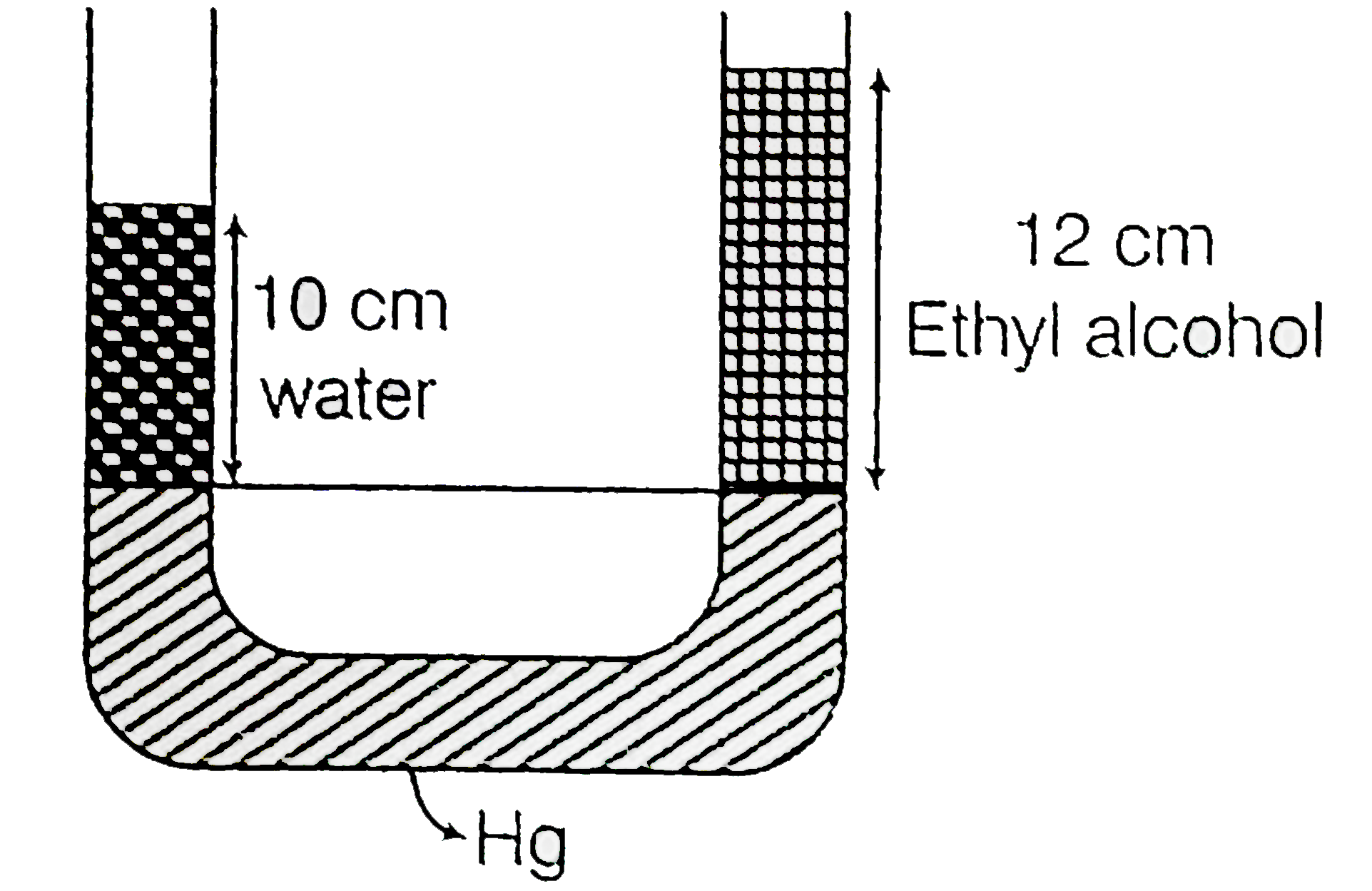Conversion of ethyl alcohol into acetaldehyde is an example of
hydrolysis
oxidation
reduction
molecular rearrangement
The correct Answer is:B
To convert ethyl alcohol (ethanol) into acetaldehyde, we need to understand the type of chemical reaction involved. Here’s a step-by-step breakdown of the conversion process:
Step 1: Identify the Reactants and Products
- Reactant: Ethyl alcohol (C2H5OH or CH3CH2OH)
- Product: Acetaldehyde (C2H4O or CH3CHO)
Step 2: Determine the Type of Reaction
- The conversion of ethyl alcohol to acetaldehyde involves the removal of hydrogen (H) and the addition of an oxygen (O) to form a carbonyl group (C=O). This indicates that a change in oxidation state is occurring.
Step 3: Recognize the Oxidizing Agent
- In this reaction, a mild oxidizing agent such as Pyridinium Chlorochromate (PCC) is used. PCC is known for selectively oxidizing primary alcohols to aldehydes without further oxidation to carboxylic acids.
Step 4: Write the Reaction
- The reaction can be represented as:
CH3CH2OHPCC−−−→CH3CHO+H2O
- Here, ethyl alcohol is oxidized to acetaldehyde.
Step 5: Conclude the Type of Reaction
- Since the process involves the oxidation of an alcohol to an aldehyde, we conclude that this reaction is an example of oxidation.
Final Answer
The conversion of ethyl alcohol into acetaldehyde is an example of oxidation.
---
- Reactant: Ethyl alcohol (C2H5OH or CH3CH2OH)
- Product: Acetaldehyde (C2H4O or CH3CHO)
- The conversion of ethyl alcohol to acetaldehyde involves the removal of hydrogen (H) and the addition of an oxygen (O) to form a carbonyl group (C=O). This indicates that a change in oxidation state is occurring.
- In this reaction, a mild oxidizing agent such as Pyridinium Chlorochromate (PCC) is used. PCC is known for selectively oxidizing primary alcohols to aldehydes without further oxidation to carboxylic acids.
- The reaction can be represented as:
CH3CH2OHPCC−−−→CH3CHO+H2O
- Here, ethyl alcohol is oxidized to acetaldehyde.
- Since the process involves the oxidation of an alcohol to an aldehyde, we conclude that this reaction is an example of oxidation.
The conversion of ethyl alcohol into acetaldehyde is an example of oxidation.
Topper's Solved these Questions
- ALCOHOLS,PHENOLS AND ETHERSBOOK - NCERT FINGERTPS ENGLISHCHAPTER - ALCOHOLS,PHENOLS AND ETHERSEXERCISE - HOTS
7 Videos
- ALCOHOLS,PHENOLS AND ETHERSBOOK - NCERT FINGERTPS ENGLISHCHAPTER - ALCOHOLS,PHENOLS AND ETHERSEXERCISE - EXEMPLAR PROBLEMS
14 Videos
- ALDEHYDES, KETONES AND CARBOXYLIC ACIDSBOOK - NCERT FINGERTPS ENGLISHCHAPTER - ALDEHYDES, KETONES AND CARBOXYLIC ACIDSEXERCISE - Assertion And Reason
15 Videos
Similar Questions
Conversion of Ethyl alcohol to vinly acetate
View SolutionConversion of Ethyl alcohol into chloroform
View SolutionConversion of Acetylene into acetaldehyde
View SolutionConversion of Ethyl iodide into ethane
View SolutionConversion of Ethyl chloride into n-butane
View SolutionFind density of ethyl alcohol

View SolutionConversion of Methyl amine into ethyl alcohol
View SolutionConversion of Benzyl alcohol to phenylacetic acid
View SolutionConversion of Ethyl chloride into methyl chloride
View SolutionConversion of Acetaldehyde to Methane
View Solution
